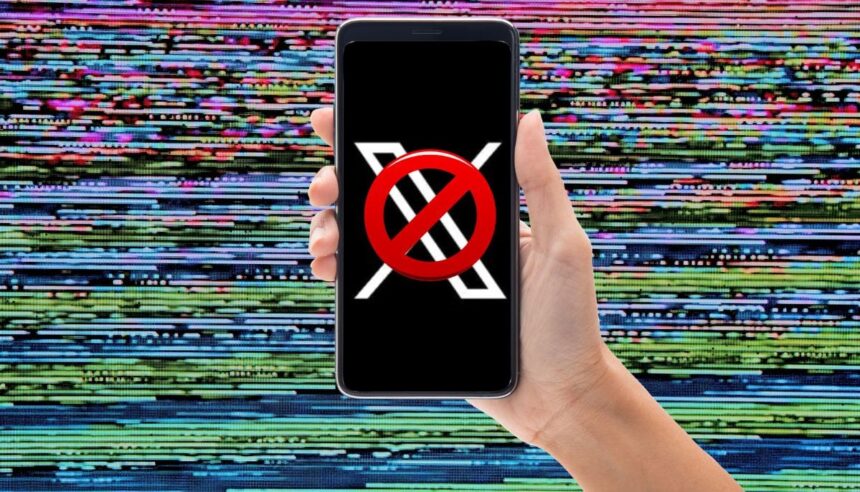Over the last week, internet users in Pakistan have joked about a new type of load-shedding, which was previously limited to power and gas-intermittent X, formerly Twitter, outages. While mainly inaccessible, the platform was momentarily accessible at various moments throughout the week, and the government’s radio silence caused widespread misunderstanding over whether this was a temporary barrier, a complete ban, or internet load-shedding.
How did we arrive here?
Pakistan has an embarrassingly long history of blocking key social media services (as summarized in the table below). Platforms like YouTube and Facebook have been blocked multiple times, the longest of which being from 2012 to 2016. In 2008, Pakistan attempted to block YouTube, resulting in a two-hour global outage of the platform. Although most bans have been at the behest of regulators, some of these bans have been mandated by the courts; Facebook was banned in 2010 on orders of the Lahore High Court and TikTok was banned twice in 2021 at the behest of the Peshawar and Sindh High Courts, respectively.
Is platform shedding becoming the norm?
Without fixing the structural regulatory flaws, safeguarding citizenry's access to information and fostering truly free digital landscape will remain a pipedream

Leave a comment
Leave a comment






